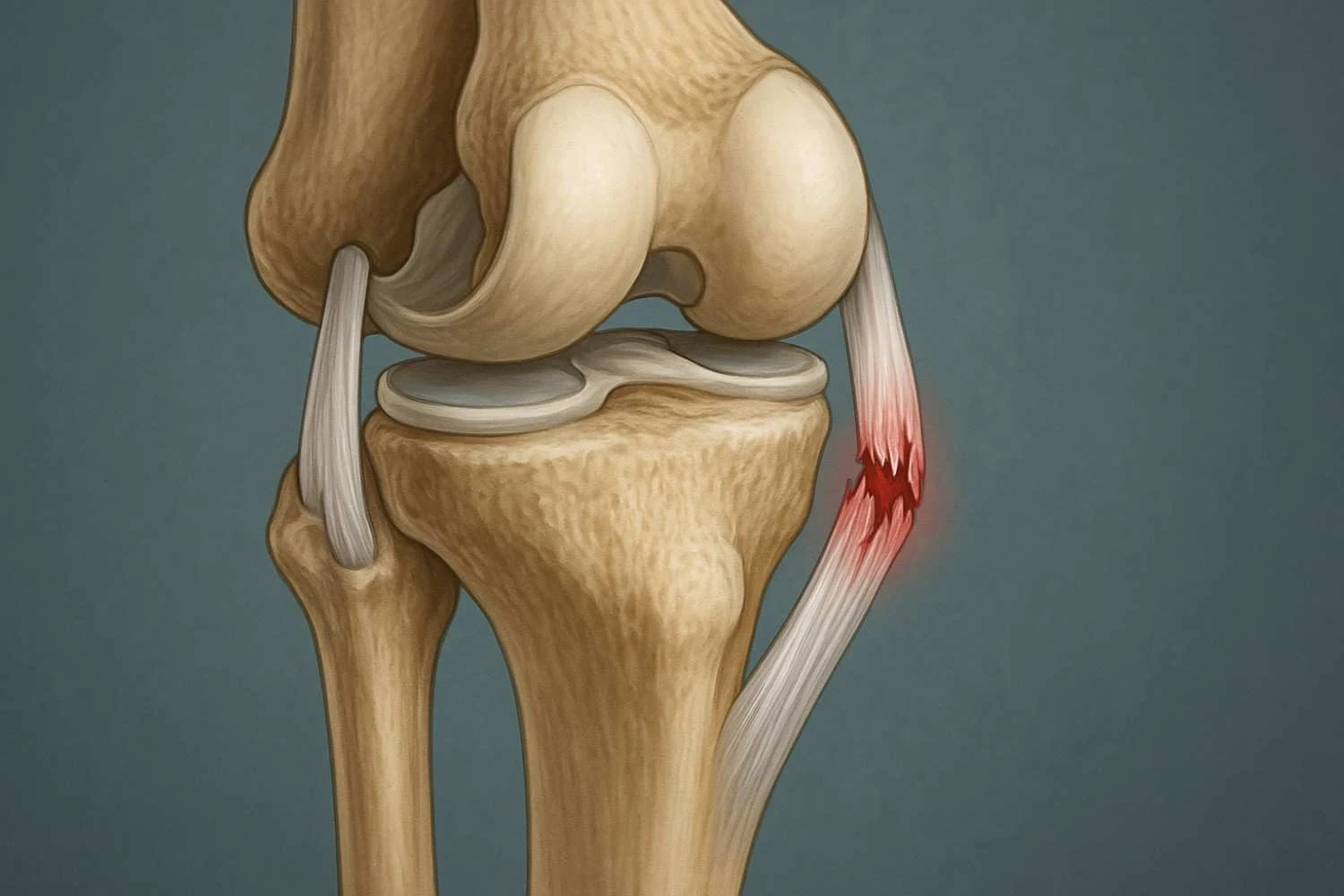
Frequently Asked Questions
A tear or overstretching of the lateral collateral ligament on the outer side of your knee, usually due to sideways force or twisting.
It runs from the outer bottom of your thigh bone (femur) to the top of your smaller shin bone (fibula) on the outside of the knee.
Outer knee pain, swelling, tenderness, side-to-side instability, and pain while changing direction or pivoting.
Direct blow to the inner knee, sudden sideways stress, twisting during sport, or poor landing mechanics.
Through physical examination (including varus stress test), plus MRI to see tear severity and X-ray to rule out fractures.
Many Grade 1 and Grade 2 tears heal with rest, bracing, and physiotherapy. Severe Grade 3 tears or combined ligament injuries often require surgery.
Roughly 2–4 weeks for Grade 1, 6–8+ weeks for Grade 2, and 3–6 months or more for Grade 3 with surgery, depending on rehab.
With mild tears, yes, though it may be painful. With moderate-to-severe tears, walking can feel unstable or be very painful, and you may need crutches or a brace.
Not usually. ACL tears more often need surgery and have larger long-term implications. However, a severe LCL Tear, especially with other ligaments injured, is still serious.
Typically for Grade 3 complete tears, multi-ligament injuries, avulsion fractures, or when the knee remains unstable after good rehab
Grade 1: Mild stretch; Grade 2: Partial tear; Grade 3: Complete tear.
Football, soccer, rugby, basketball, and any sport involving contact, cutting, and quick changes in direction.
Rest, ice, compression, elevation (RICE), avoiding painful activities, and using over-the-counter pain relief if advised by your doctor. Always follow up with a proper medical evaluation
Quad sets, straight-leg raises, bridges, mini-squats, step-ups, glute and hip strengthening, and balance exercises, progressed under physiotherapy guidance.
No. X-rays show bone, not ligaments. They’re used to rule out fractures. MRI is needed to see the ligament itself.
Often a hinged knee brace that limits side-to-side motion. Your doctor or physio will recommend a specific type based on tear severity.
Many people prefer lying on their back with a small pillow under the knee, or on the uninjured side with a pillow between the knees to keep them aligned.
Yes, especially if a Grade 2–3 tear is not treated properly or if rehab is incomplete. Chronic instability can increase the risk of future injuries and arthritis.
Persistent instability, recurrent sprains, associated meniscus or cruciate injuries, and in severe cases early wear-and-tear (osteoarthritis) if the joint remains misaligned.
If pain is severe, your knee is swelling, buckling, or you cannot bear weight, or symptoms don’t improve within 48 hours of rest and basic care, see a doctor or physiotherapist.
Comments (0)
Add comment






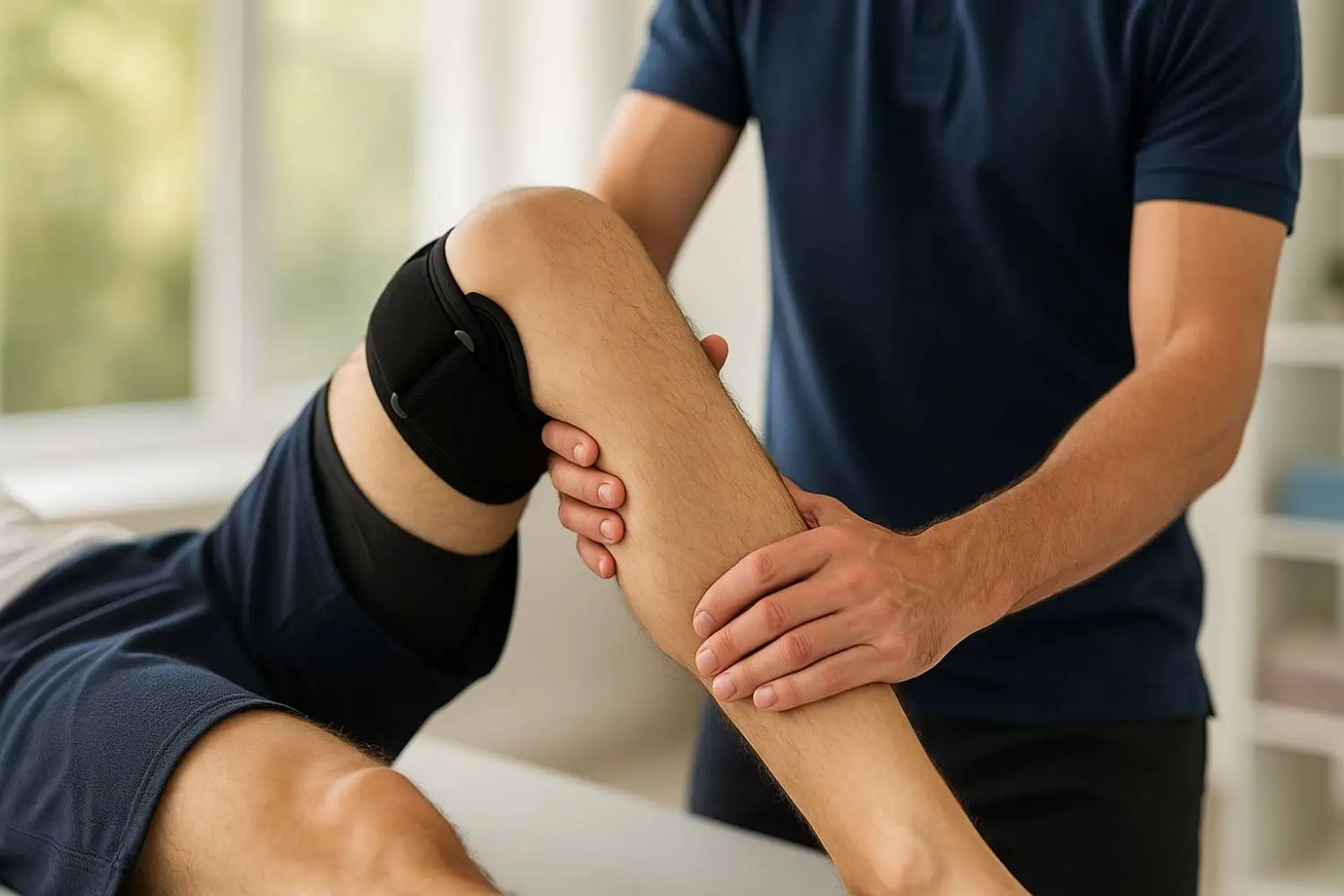
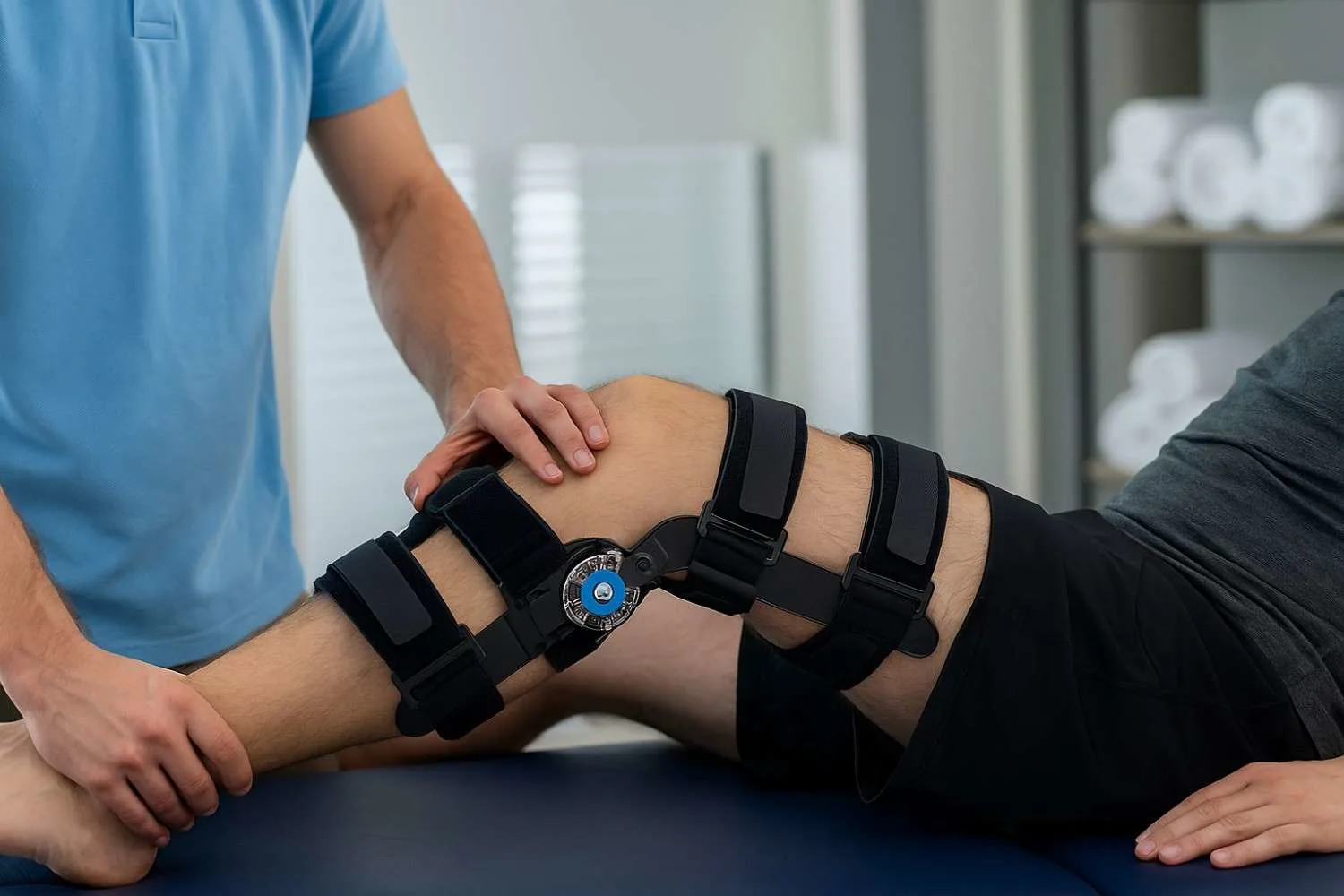
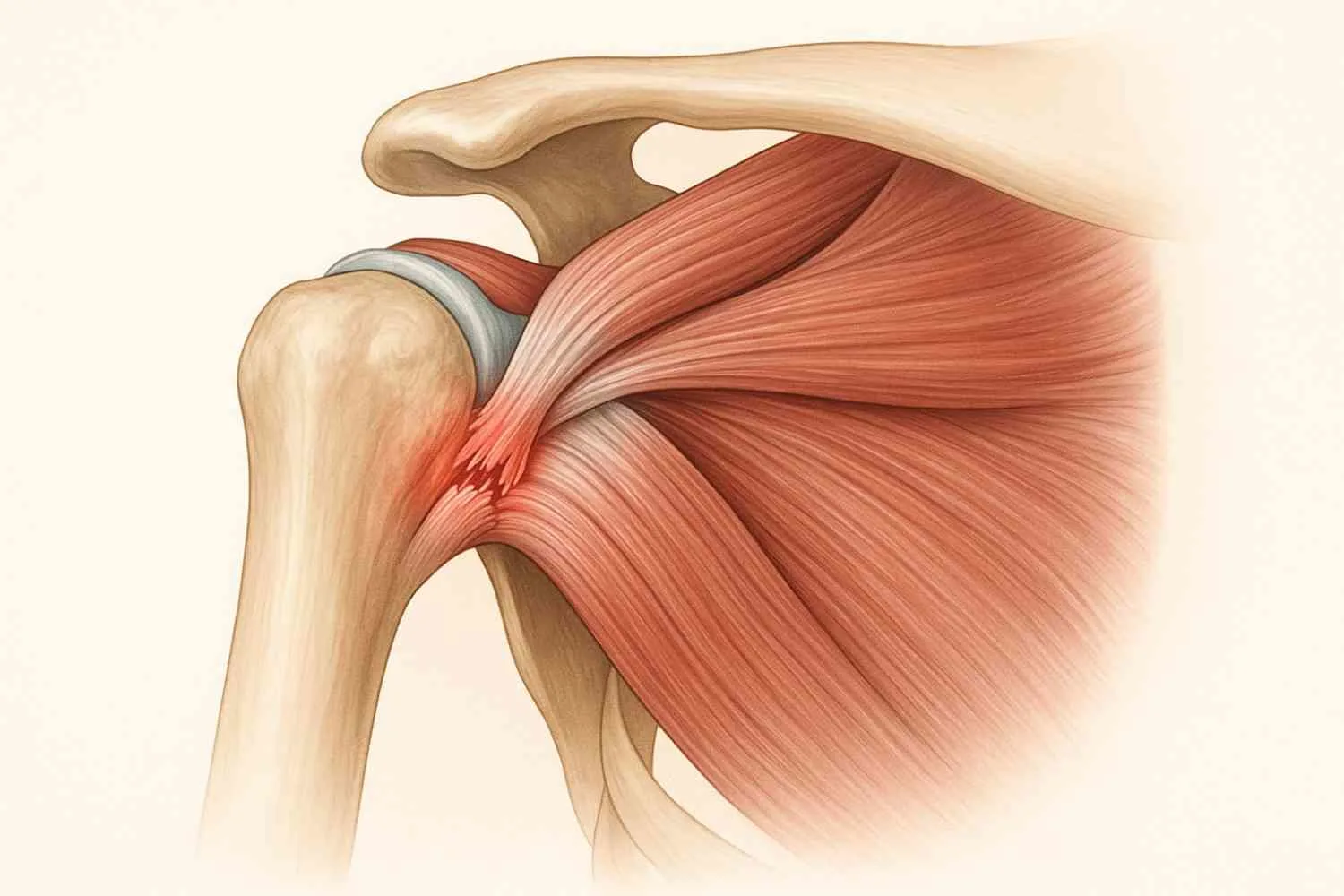
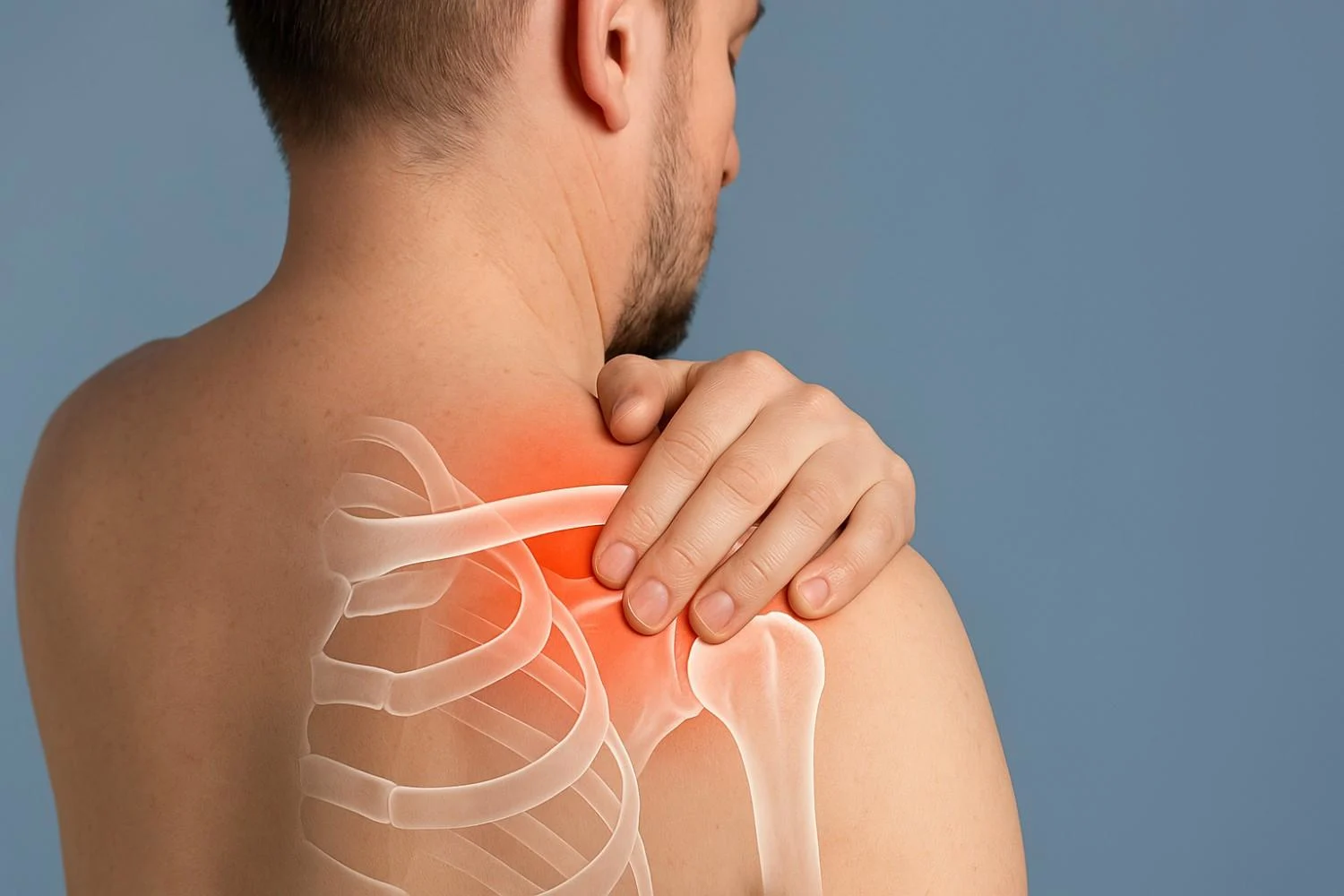


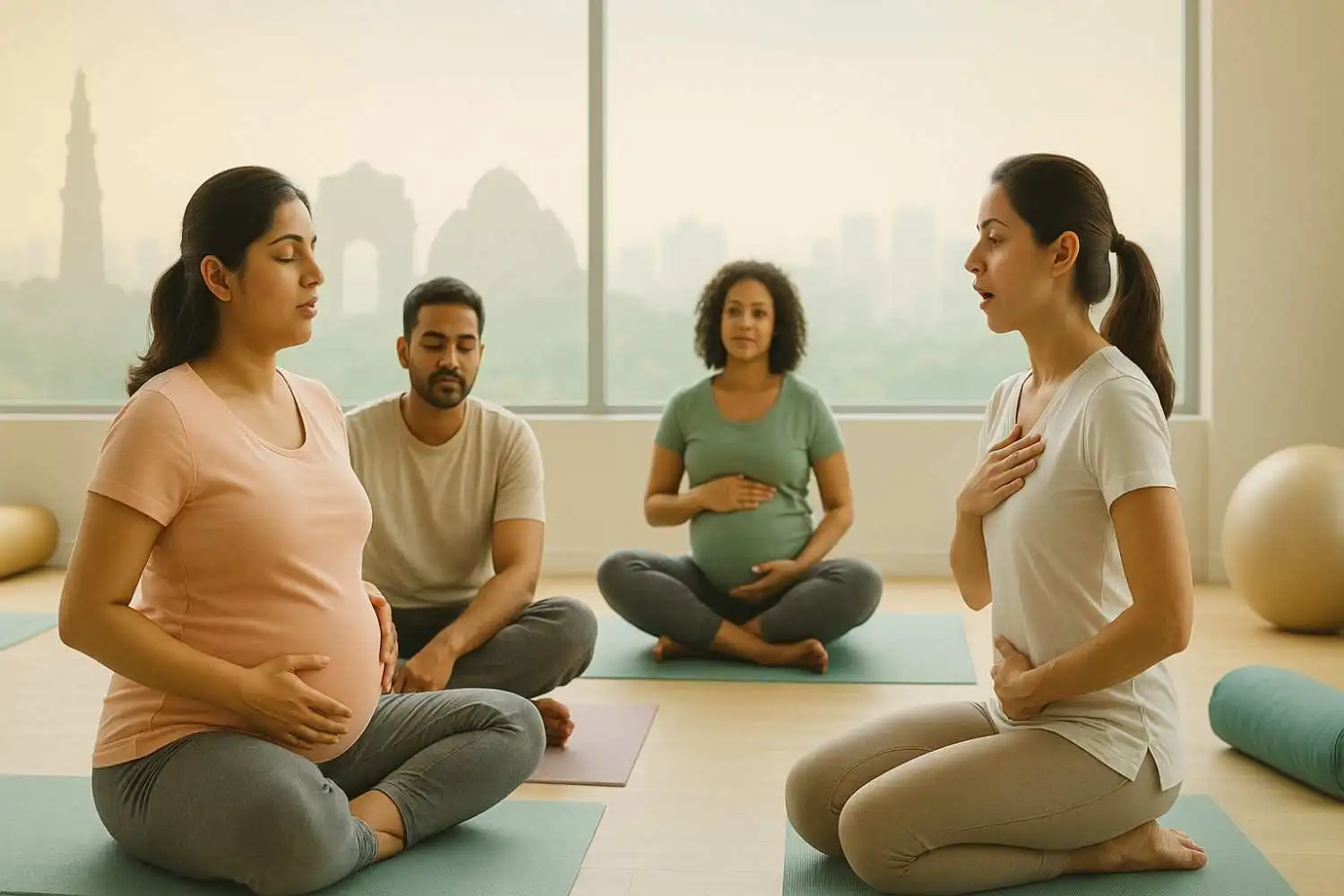
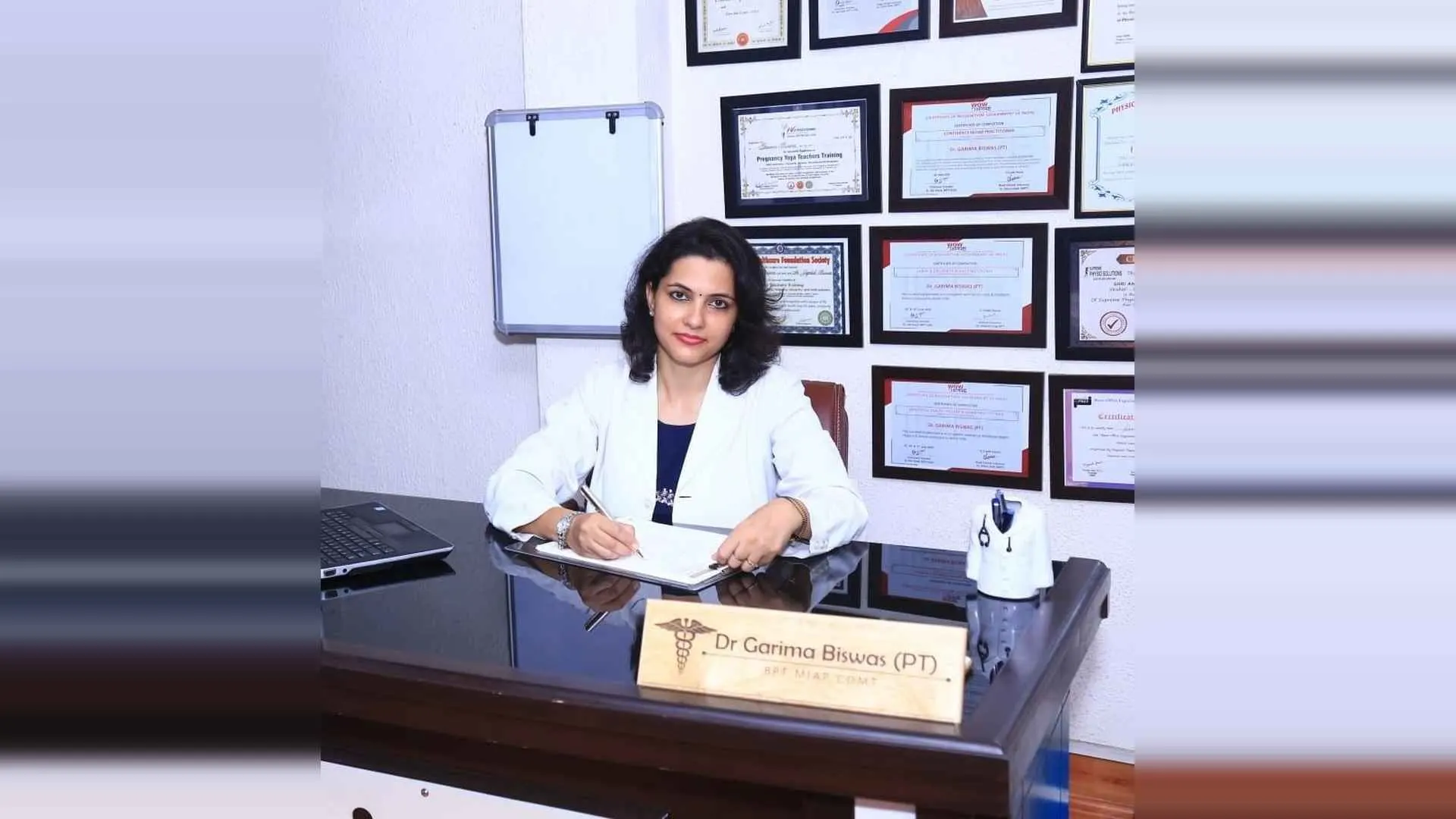
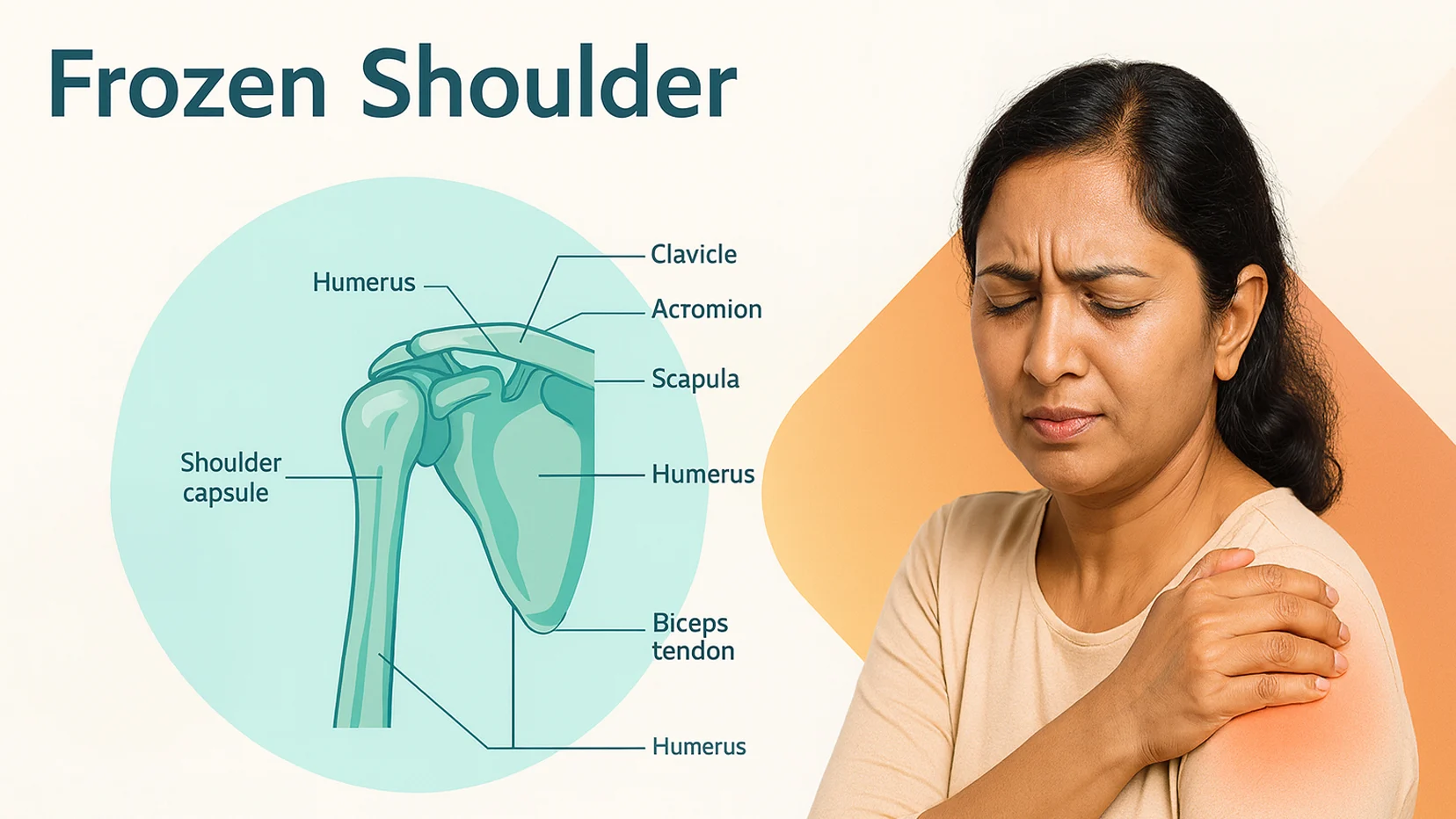


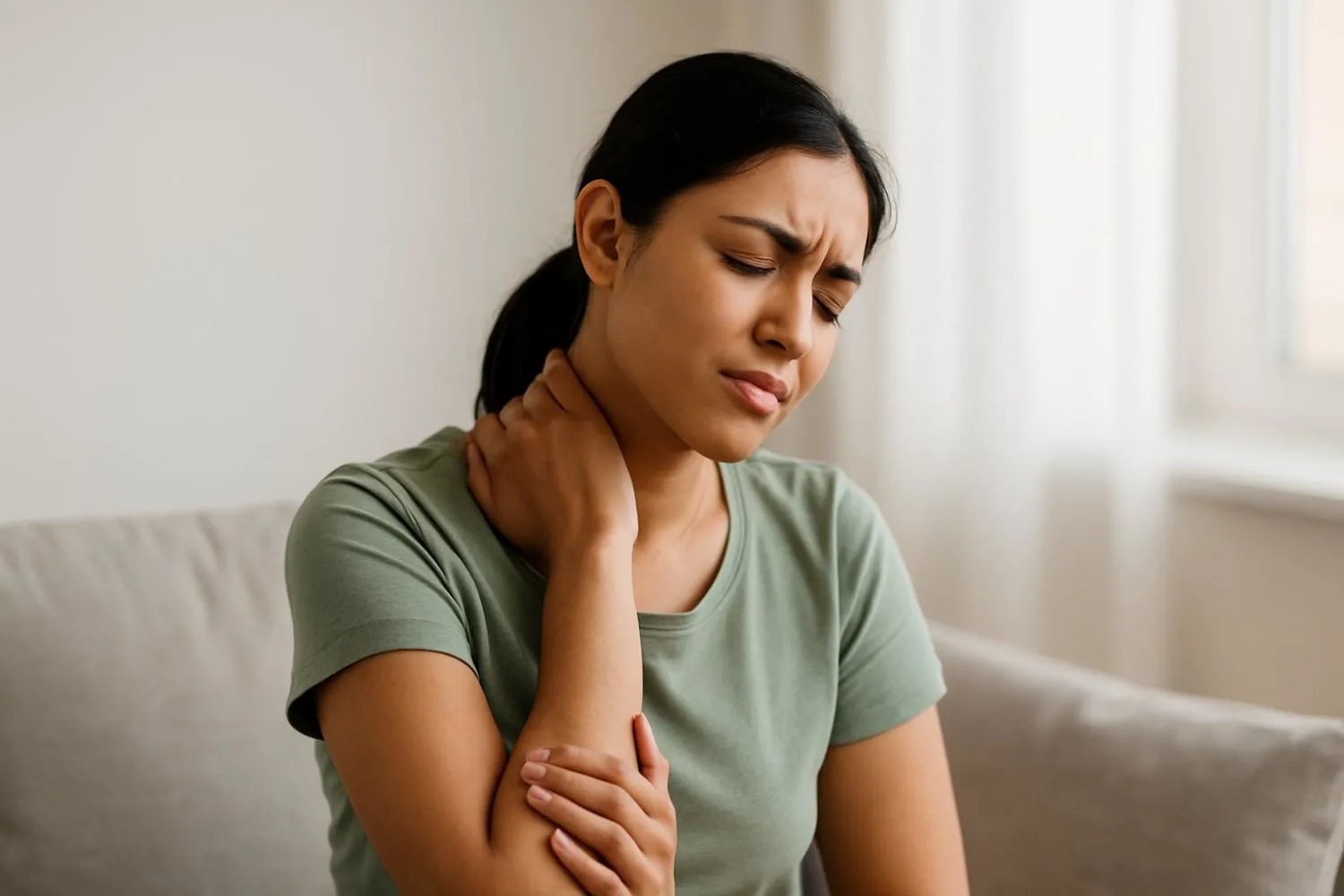
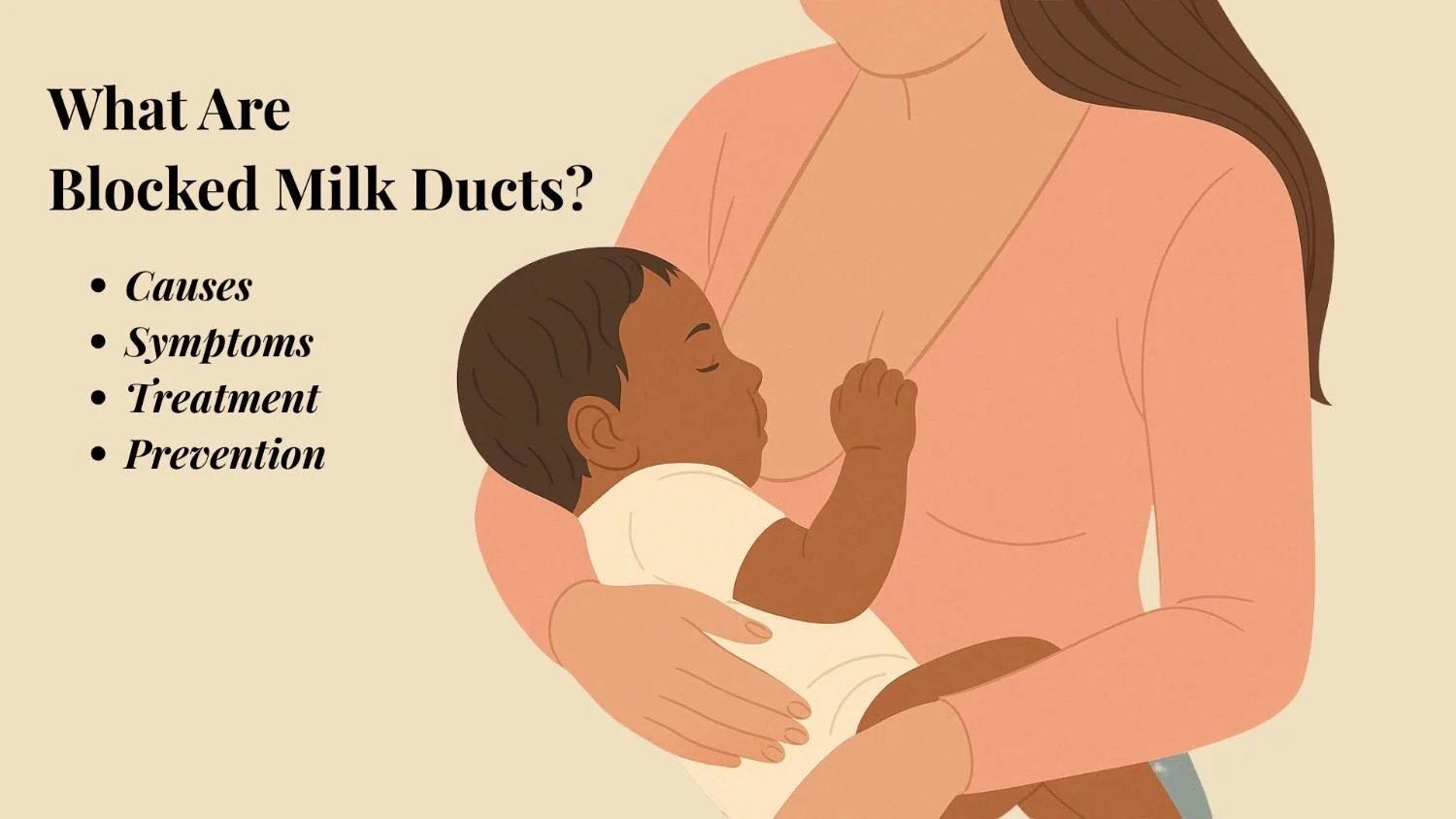
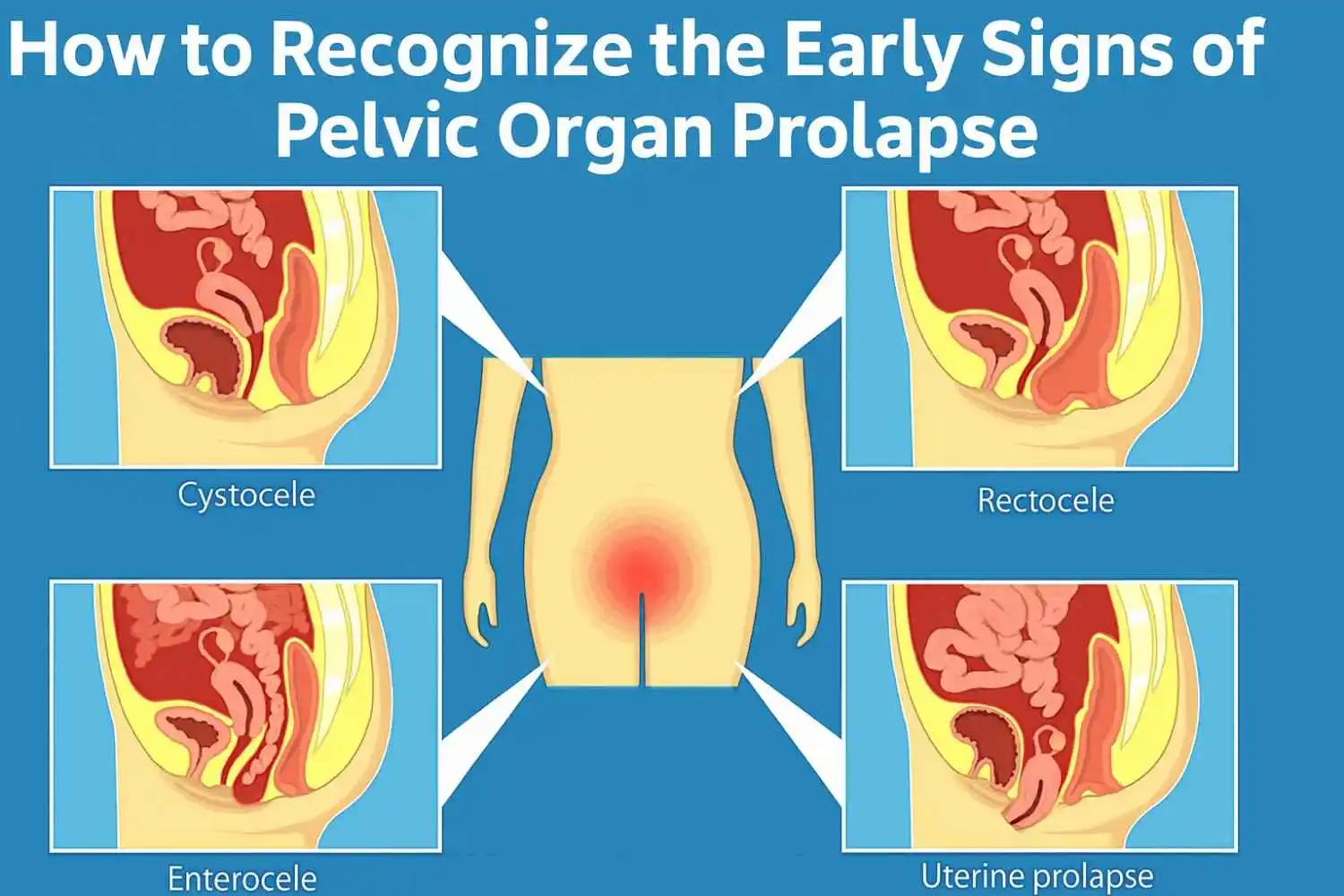
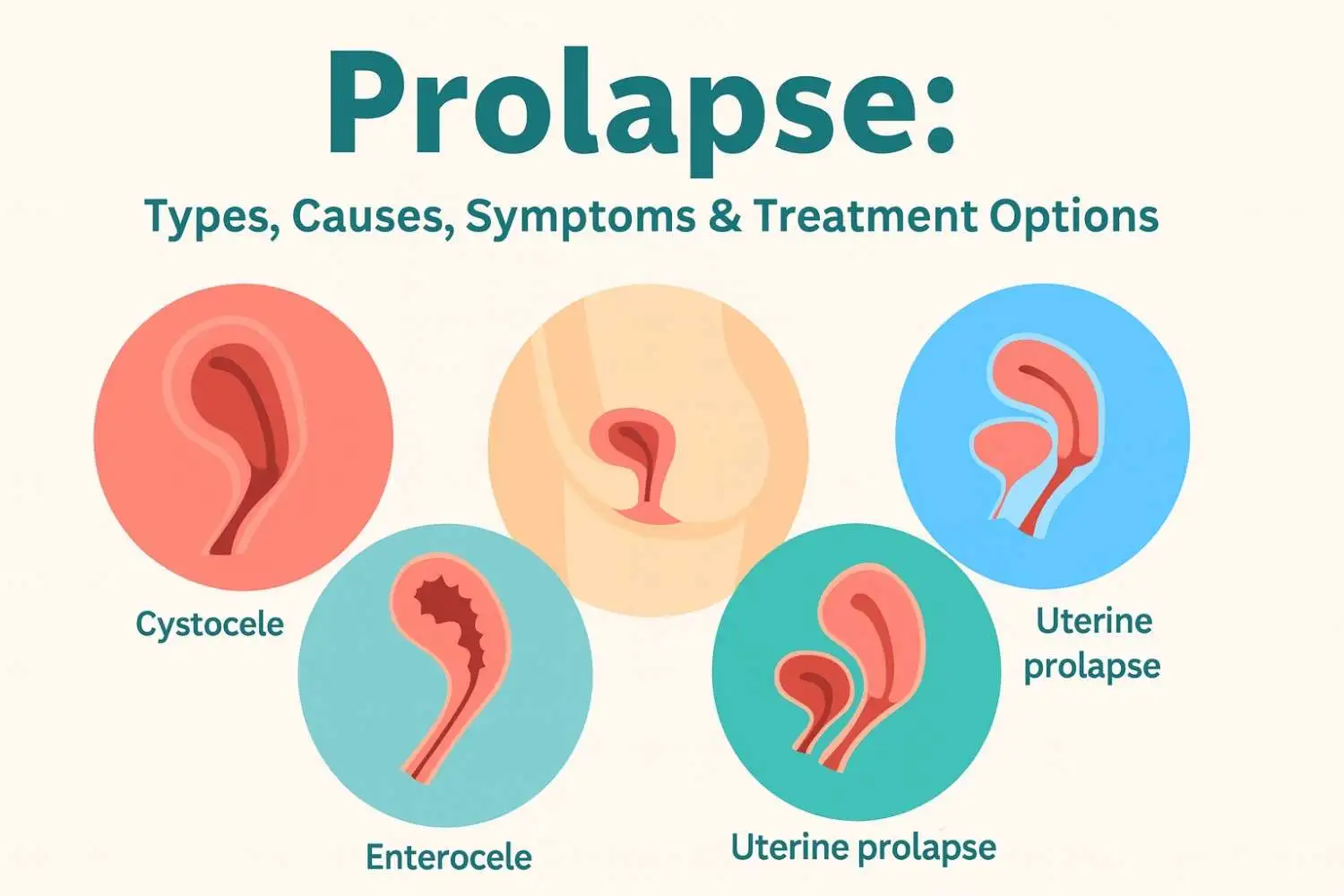









.webp)





.jpg)
































